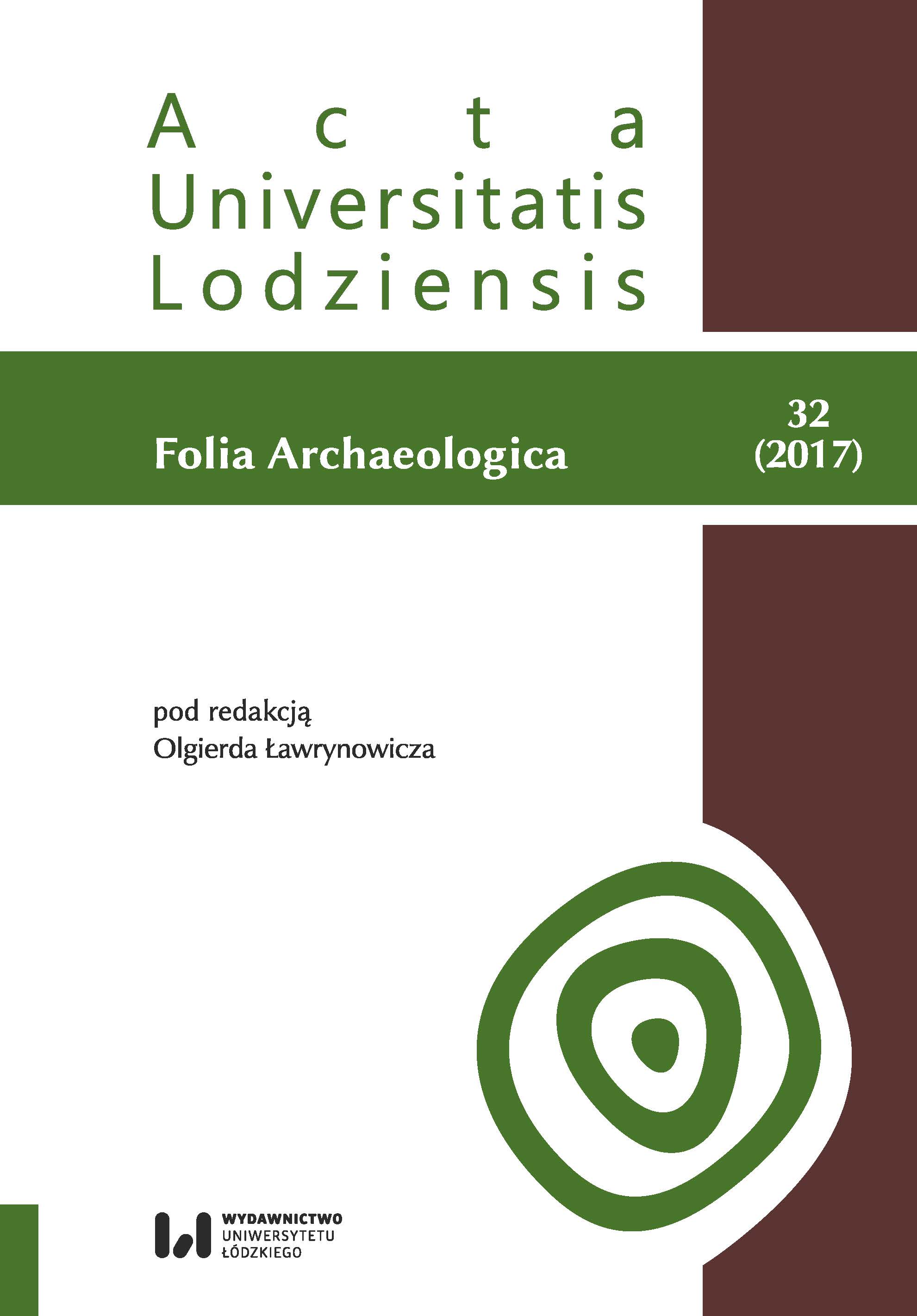Výzkum archeologie současnosti v oblasti Novohradských hor
Archaeology of the contemporary past of the Novohradské mountains area
Author(s): Michal BurešSubject(s): Archaeology, Local History / Microhistory, Social history
Published by: Wydawnictwo Uniwersytetu Łódzkiego
Keywords: South Bohemia; depopulation; archaeological transformation
Summary/Abstract: This work covers the area of the Novohradské Mountains and their foothills in the South-Bohemian Region, near the Czech-Austrian border. The examined area is demarcated by the following settlements and other landmarks; Šejby (Scheiben) – Dlouhá Stropnice (Lang Strobnitz) – Horní Stropnice (Strobnitz) – Rychnov u Nových Hradů (Deutsch Reichenau) – Benešov nad Černou (Deutsch Beneschau) – Ličov (Litschau) – Hradiště (Radischen) – Blansko (Pflanzen) – the Malše River (Maltsch Bach) before Kaplice (Kaplitz) and then along the Malše River (Maltsch Bach) towards Dolní Dvořiště (Unter Heid) to the border with Austria and along the border line to the village of Šejby (Scheiben); it covers a significant area of the Kaplice, Benešov and Nové Hrady regions. It includes 39 cadastral areas extending over an area of 282 km2. The research focused on the villages that ceased to exist after 1945. After World War II, the researched area was affected by a significant decrease in population as a consequence of the expulsion of former Czechoslovak citizens of German nationality, who represented a majority population prior to 1945, and as a result of subsequent economic and social changes, they related mainly to the collectivization of villages. The examined area of the Novohradské Mountains and the defined period are characterized by a great degree of abandonment and decay; in some places it was followed by reuse and regeneration, while in others it met with extinction. Continuity and uninterrupted use of an area by a single community, be it autochthonous Czechs or Germans who were not expelled, is rarely found. To distinguish between different cases, various degrees of extinction have been defined based on the extent of the exit transformation these areas and their components underwent (or did not undergo, as the case may be). Cultural post-depositional transformations include razing to the ground, re-cultivation, afforestation, farming soil amelioration, forest amelioration, ploughing and construction. Natural post-depositional transformations include gravitation and water erosion as well as the effects of vegetation. Post-depositional transformations are directly related to both the current and the past uses of the area. Michal Bureš 277 The basic unit of the research of the extinct villages in the Novohradské Mountains is the component, an analytical unit of the sources that can be used to describe broader settlement areas. The spatially related components that were in the past produced by a community define a broader settlement area (i.e. settlements, villages, small towns, including relevant farming and non-farming areas and facilities). Within the examined territory, a field survey yielded 95 broader settlement areas, of which 41 can be described as fully functional in terms of existing and fully functioning communities, 9 are partially functional with some communal activities still being present, 11 are non-functional and used for other than community purposes, such as recreation or storage and 34 are entirely extinct. The work studies and compares mutual spatial relations between the components, the types and forms of exit transformations, the types of post-depositional transformations and both past and current uses of the area of the components. The focal point is an examination of the gradual abandonment, which led to extinction, the course of exit transformations and, subsequently, the effect of post-depositional transformation impacts, both cultural and natural.
Journal: Acta Universitatis Lodziensis. Folia Archaeologica
- Issue Year: 2017
- Issue No: 32
- Page Range: 237-281
- Page Count: 45
- Language: Czech

